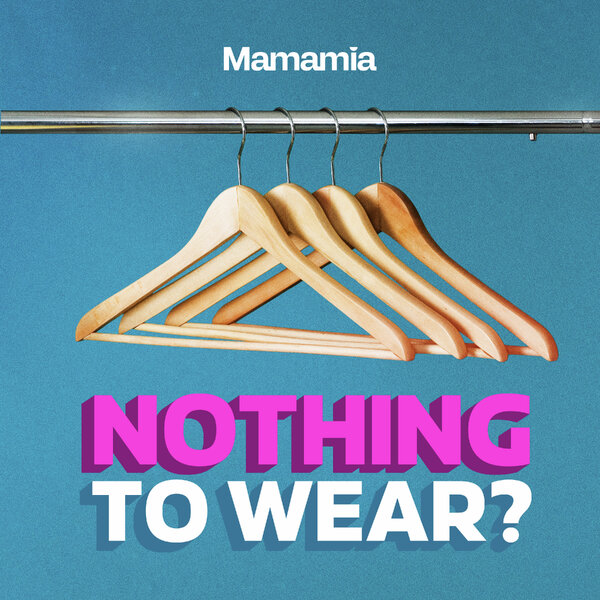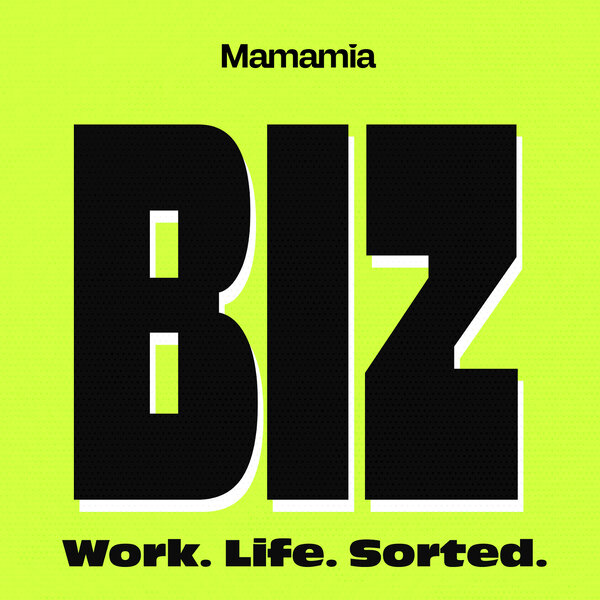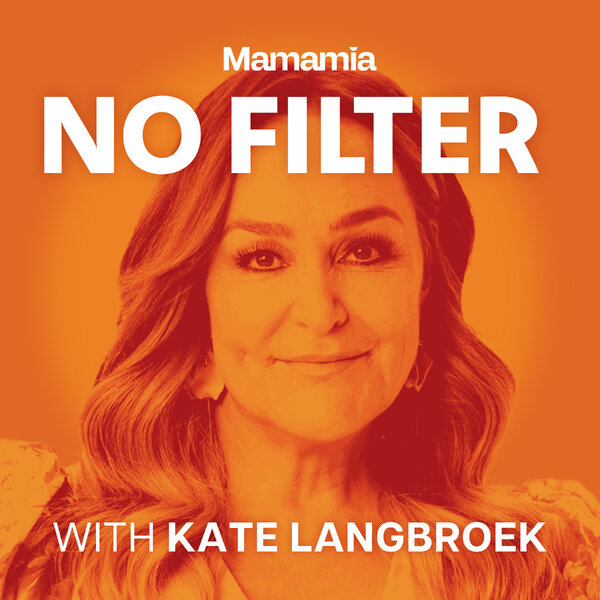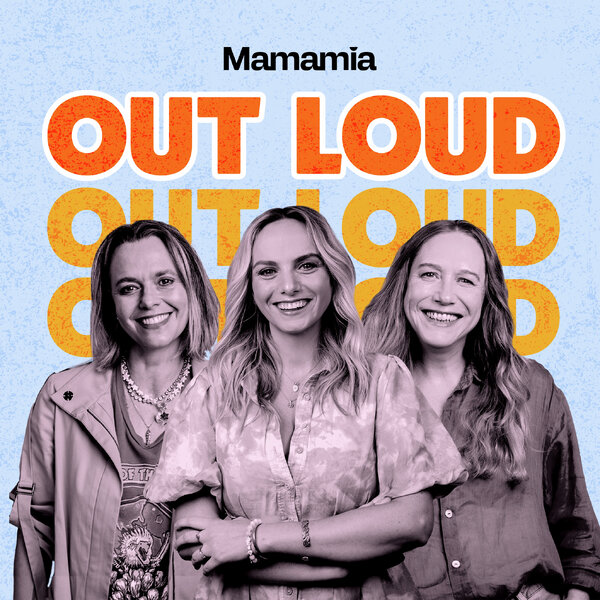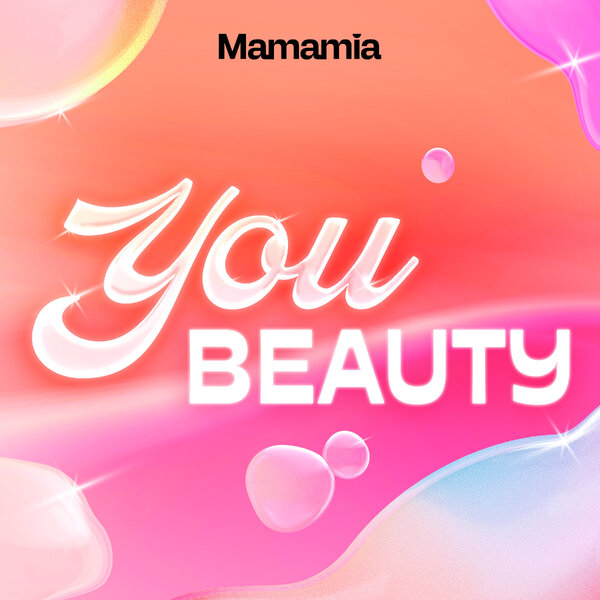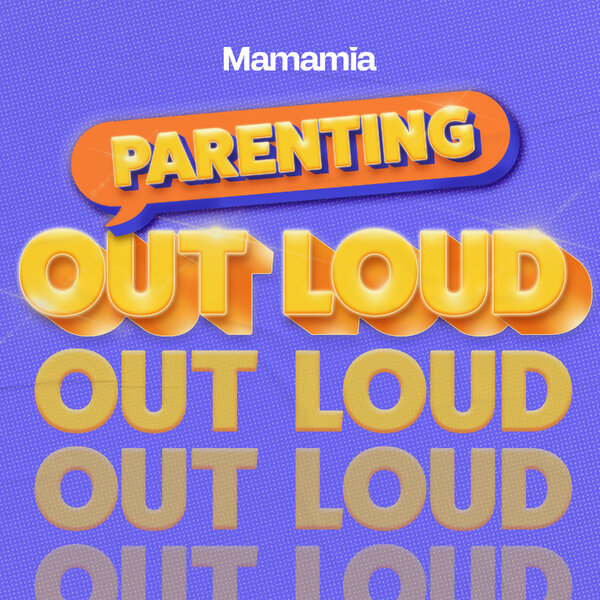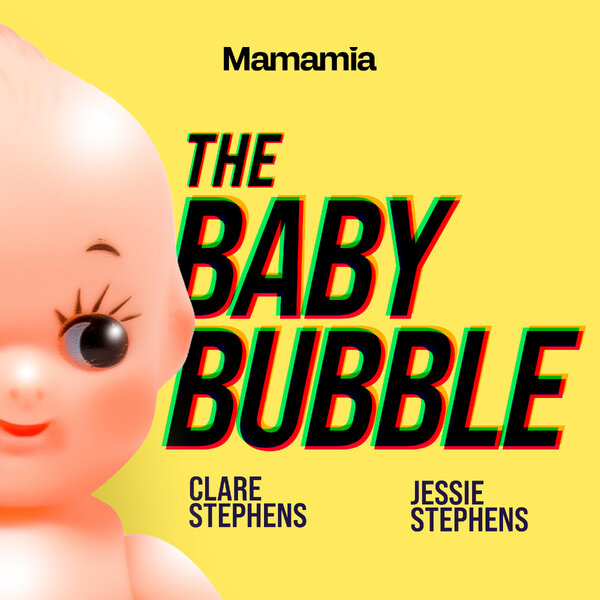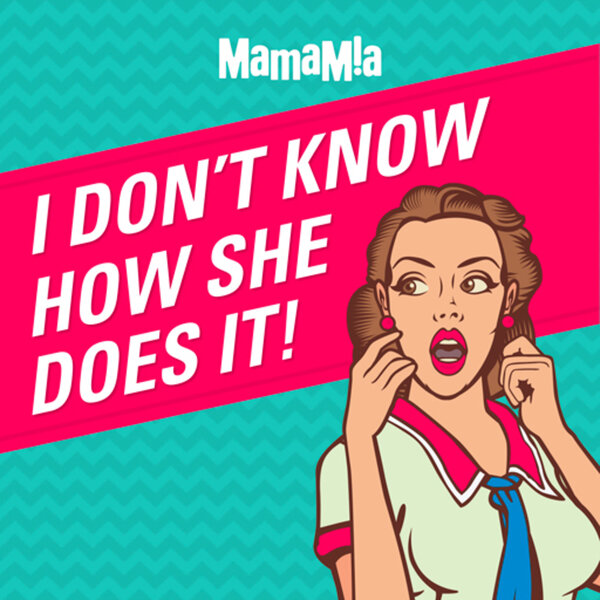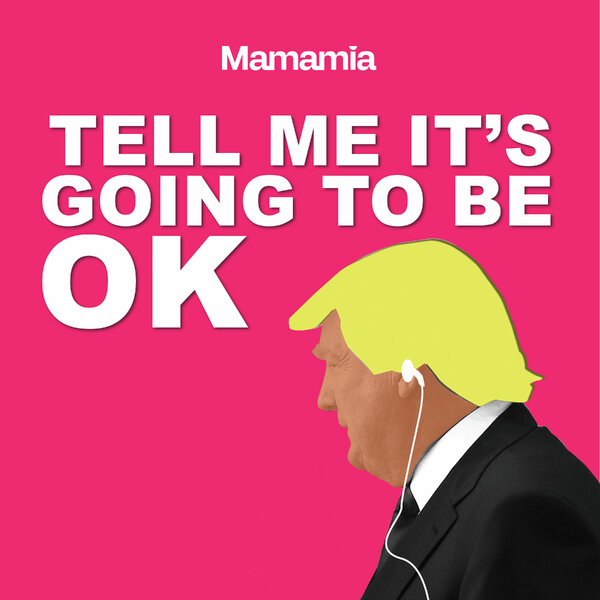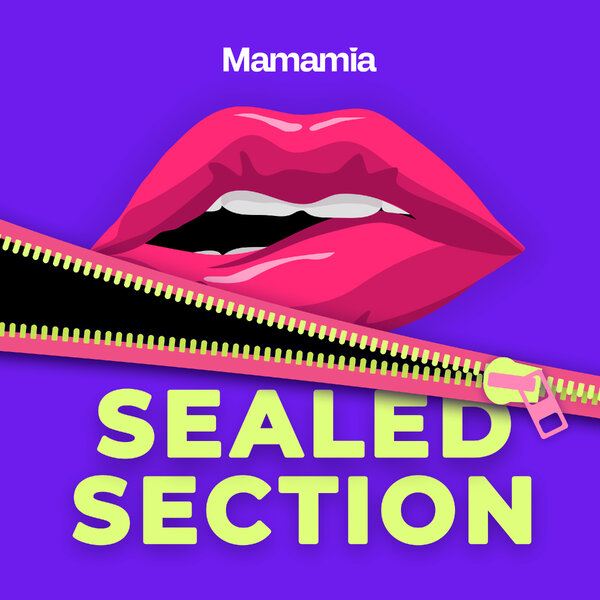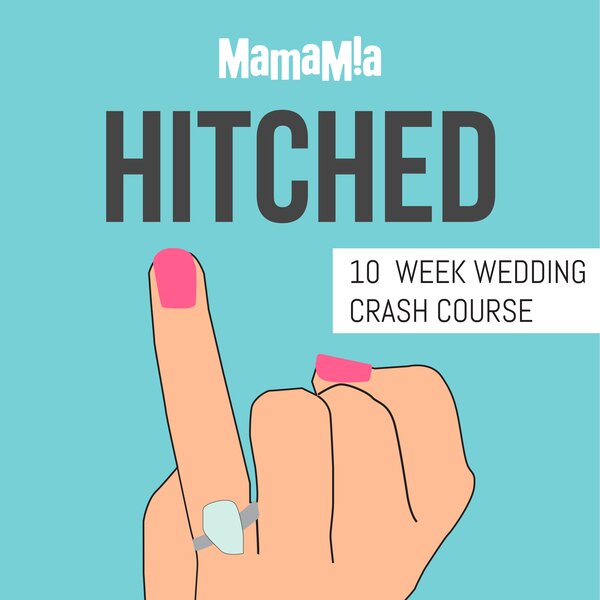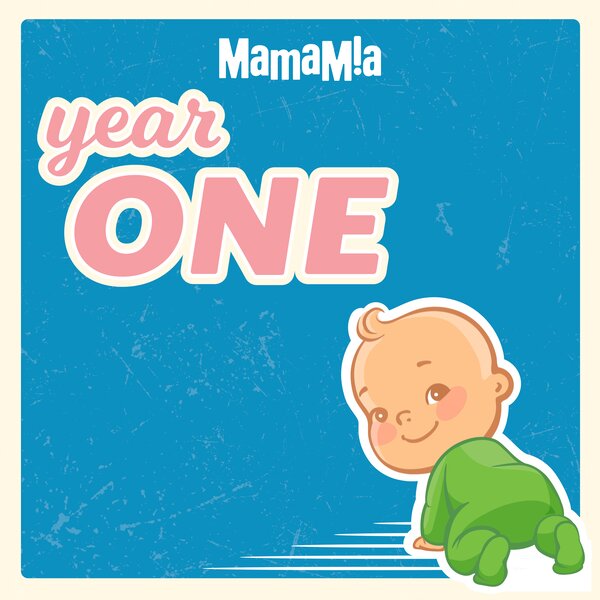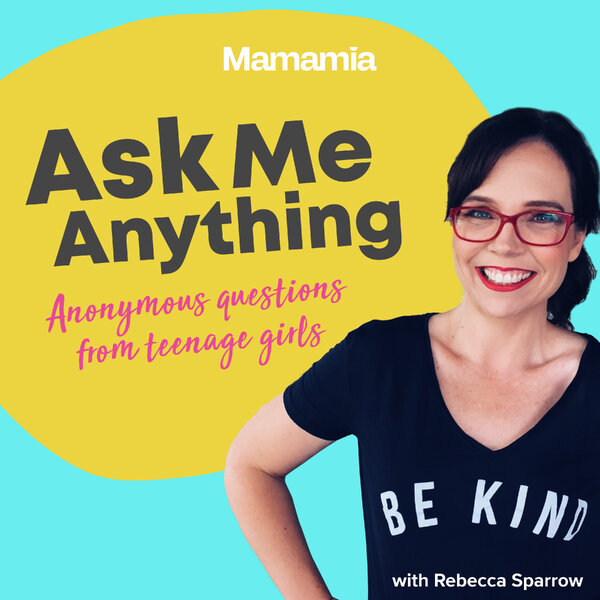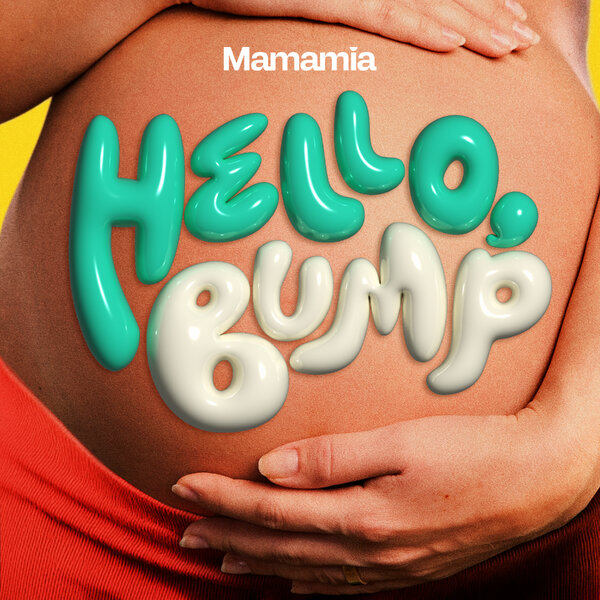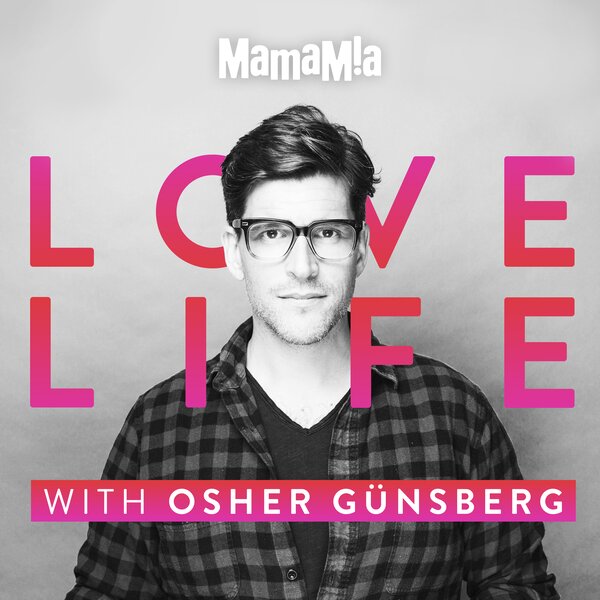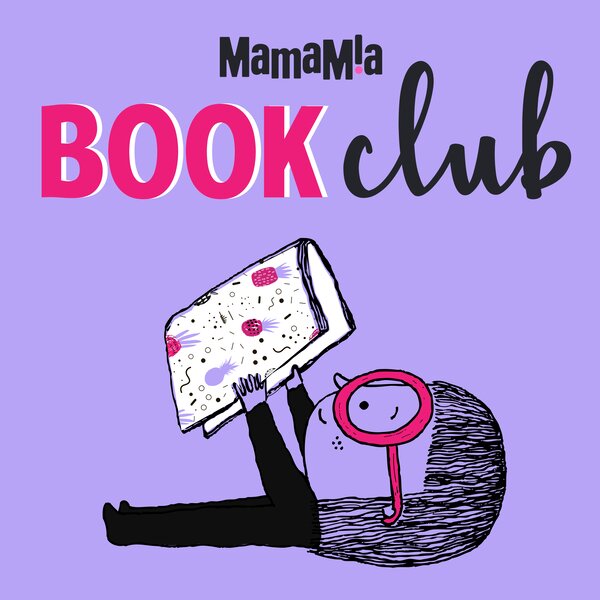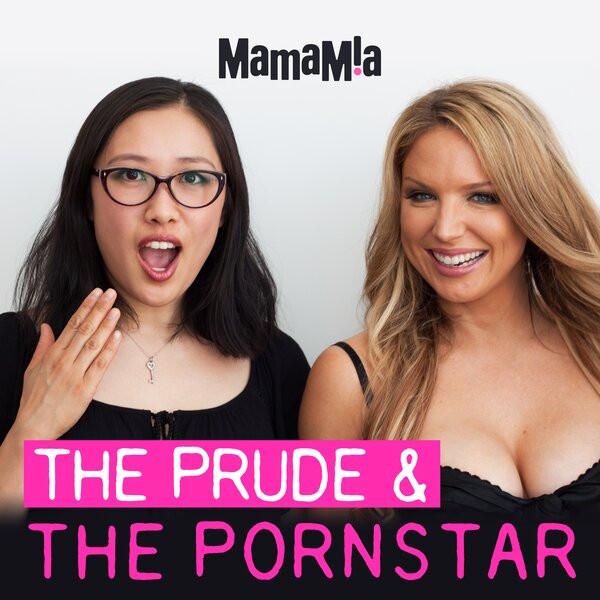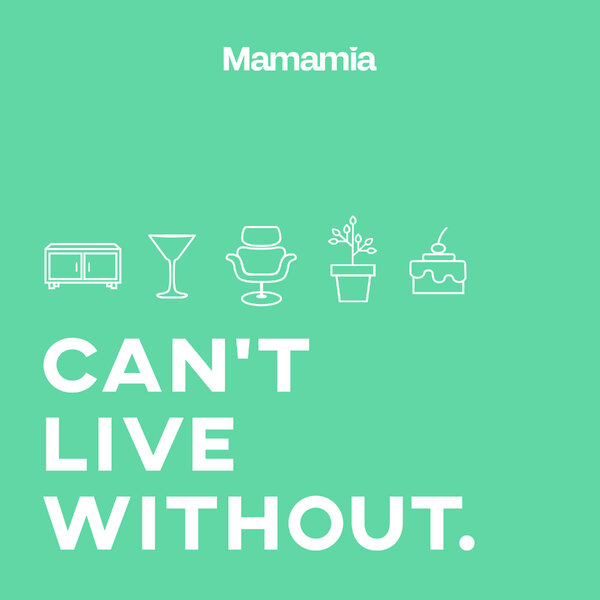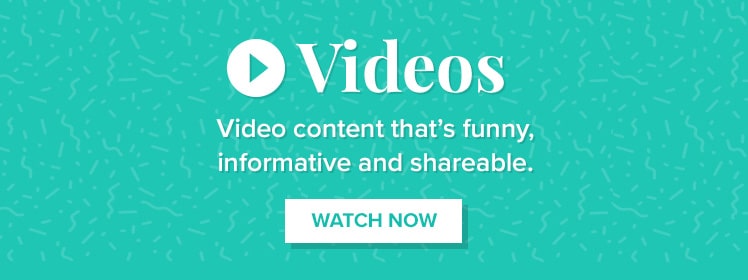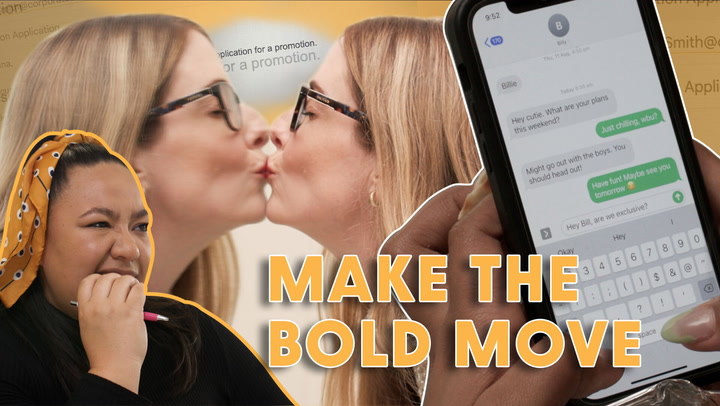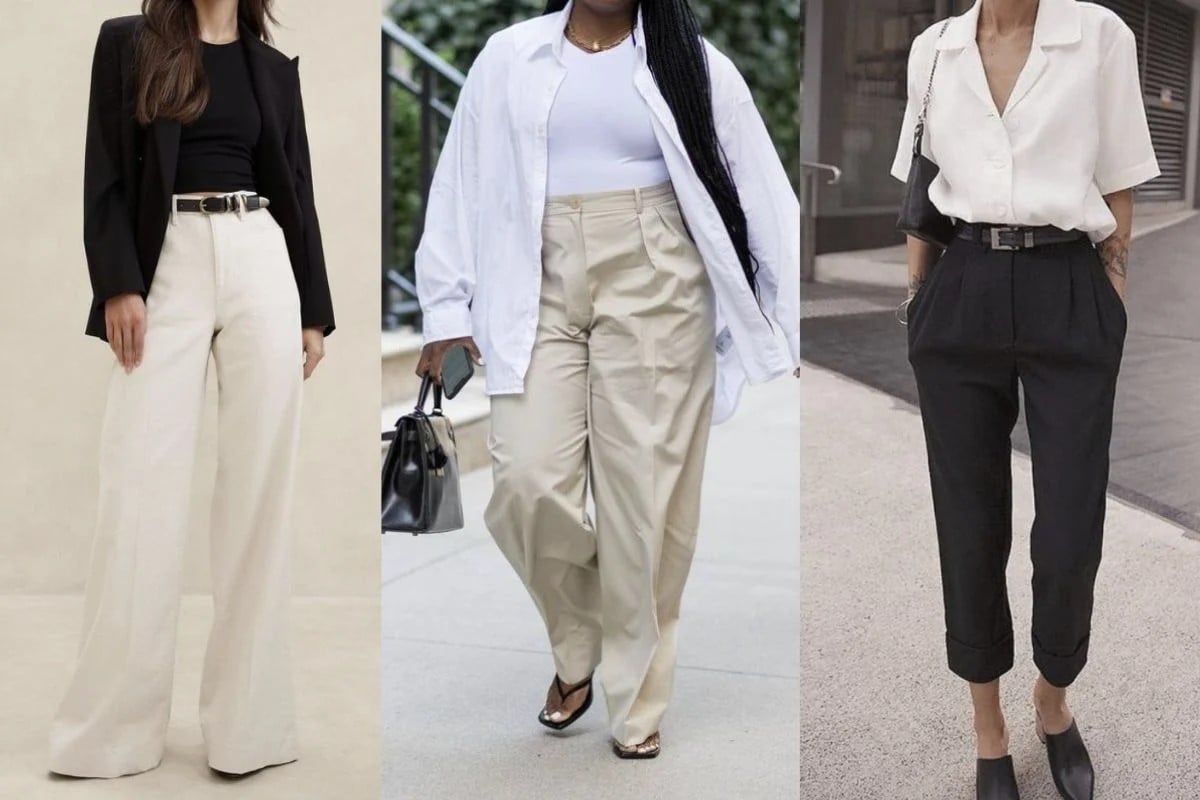
If you're finding outfits on social media that look amazing on Pinterest but are disappointing when you try them on yourself, you're not alone – and there's nothing wrong with you. The problem might just be that those inspirational outfits don't complement your specific body shape.
Fashion expert May from Elegance Feed has developed a clever approach called the FRAME method to help you adapt any outfit to suit your body type.
Watch: What season are you? Post continues below.
What is the FRAME Method?
The FRAME method is a five-step process that helps you transform any outfit to flatter your unique proportions:
F: Figure out your dressing goals
R: Recognise what works
A: Adjust what doesn't
M: Match the inspiration
E: Enhance with accessories
Step 1: Figure Out Your Dressing Goals.
Before making any outfit adjustments, you need to understand your body shape. Remember, body shape has nothing to do with weight or size — it's all about proportions.
The five main body shapes.
Apple/Round: A fuller midsection, with your shoulders and bust broader than your hips. The goal here is to create balance and structure, to draw attention to the top and lower parts of your body.
